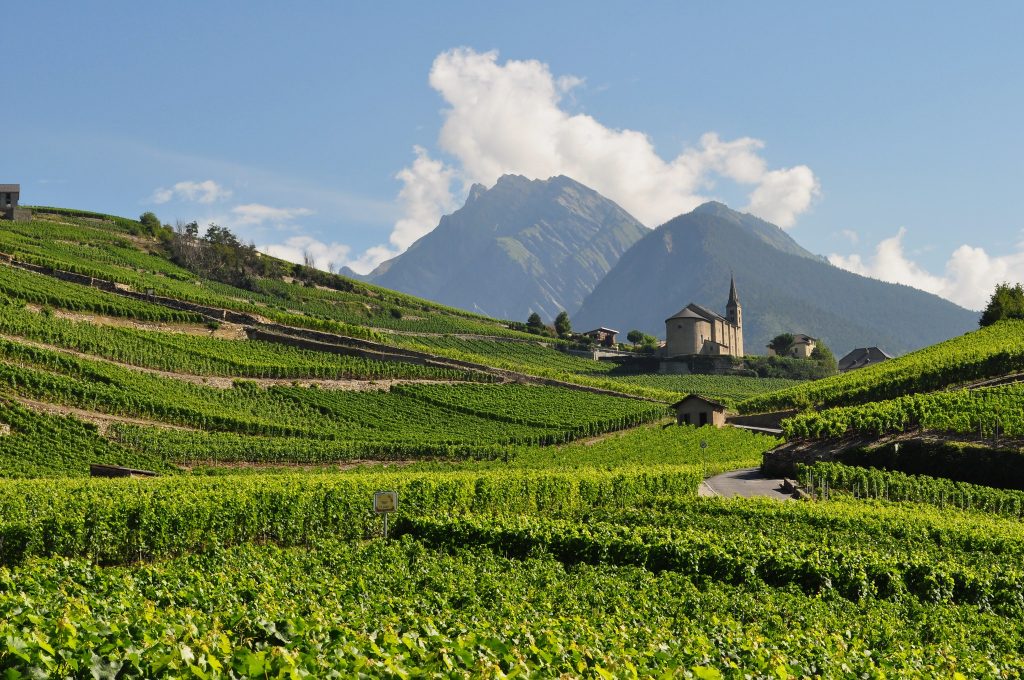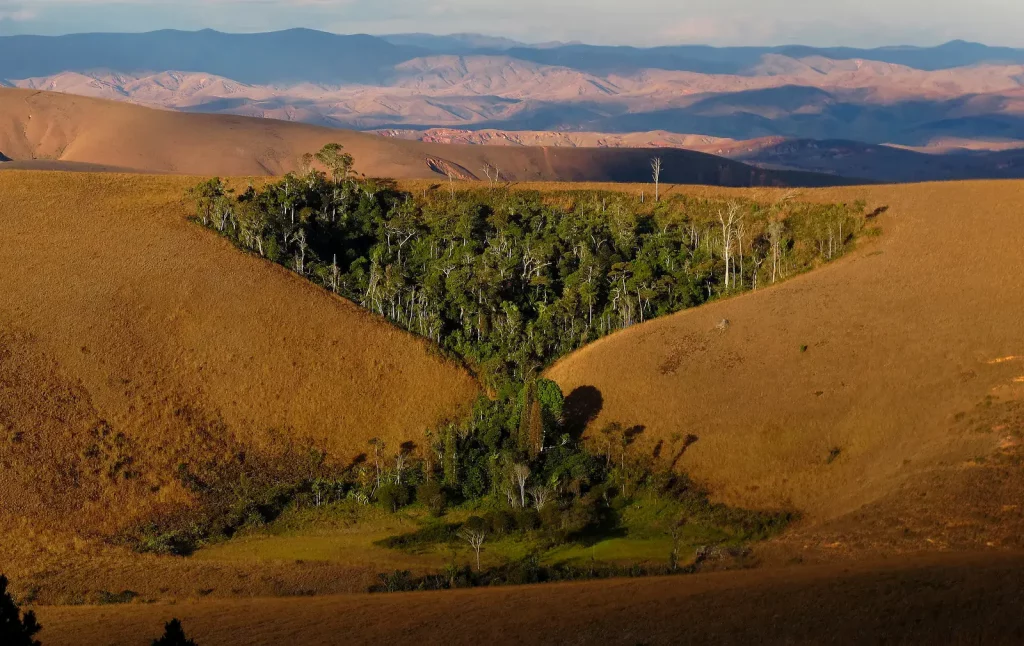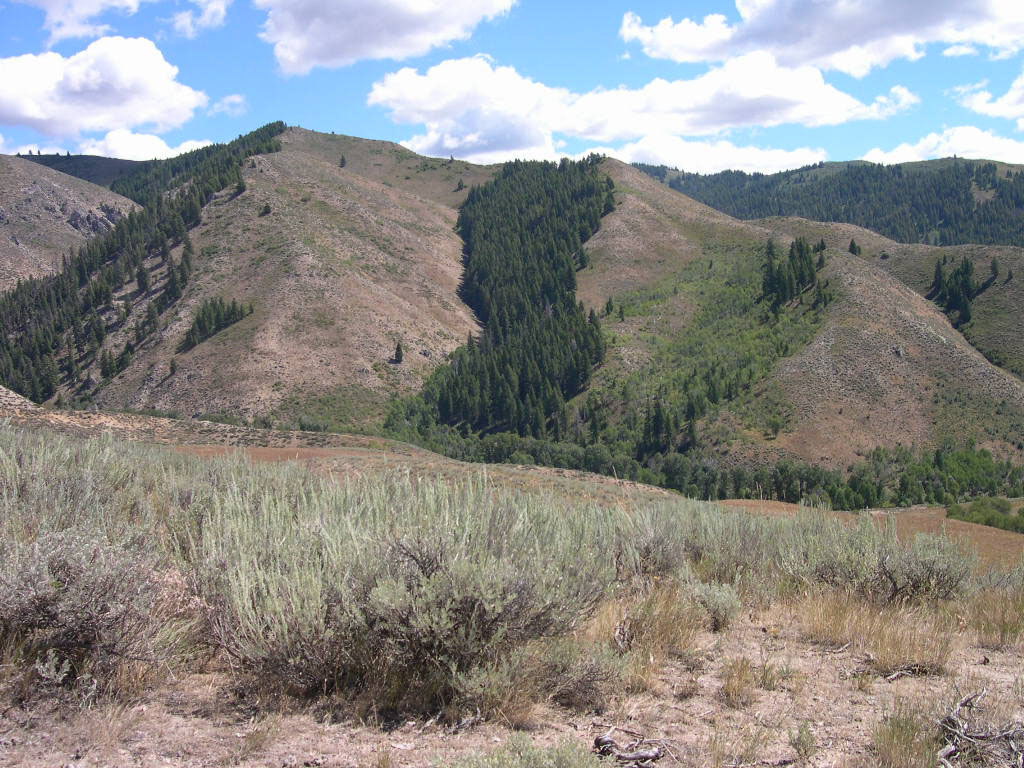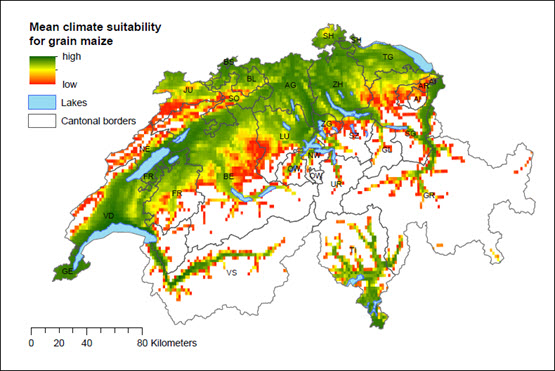Context. Aridification – long-term shift in a region’s hydroclimate towards drier regimes – is an adverse consequence of global warming. On the one hand, driven by climate change, dry regions are expected to expand into formerly humid regions (Huang et al., 2015), significantly impacting the functioning of vegetation. On the other hand, increasing atmospheric carbon dioxide (CO2) concentrations has resulted in higher water use efficiency of vegetation (Peters et al., 2018). Therefore, large uncertainty exists regarding the direction of vegetation response to long-term drying of the land surface and the associated climatic and hydrological stressors.
Objectives. The thesis aims to provide a data-driven assessment of the vegetation response to long-term aridification. By leveraging advances in satellite-based remote sensing, situ measurements, and global climate models, you will develop and implement a deep learning model of vegetation stress response to primary climatic and hydrological drivers of aridification. Vegetation stress is defined as the ratio of actual transpiration to potential transpiration. The deep learning model will be based on a previously published model of tall and short vegetation stress (Koppa et al., 2022). The model will be extended to add additional drivers of vegetation stress and will be applied to infer vegetation stress for historical and future climates in regions which have undergone significant aridification. During this research, the student will gain competences in machine learning (using Tensorflow), data analysis, Python or MATLAB programming, and scientific writing.
If you are interested, please contact Sara Bonetti ([email protected]) and Akash Koppa ([email protected]).
Context. Accurate modeling of plant-soil water relations is crucial for optimizing agricultural production, particularly in light of predicted climate changes (e.g., Tramontini et al., 2013; Martínez-Lüscher et al., 2016). This is particularly relevant in viticulture, where accurate knowledge of terroir effects on the plant response is crucial (van Leeuwen et al., 2020), especially in light of their impacts on grapevine most valuable final product (i.e., wine). Grapevine production in the Valais is a topical example. Here, the unique climatic conditions have made the region the most productive in Switzerland for viticulture. However, predicted hydroclimatic changes (most notably expected increases in temperature and in drought frequency and intensity) will altogether alter such a delicate equilibrium and cause notable challenges associated soil-plant water relations and resulting crop yield and quality.
Objectives. This thesis aims at calibrating and validating a state-of-the-art ecohydrological model against data collected at the Experimental Station for Viticulture and Oenology in Leytron, Canton of Valais (managed by Agroscope). You will use the Tethys and Chloris (T&C) ecohydrological model (Fatichi et al., 2012), adapt it for the description of grapevine dynamics, and use it to quantify soil-plant water dynamics under different management and climatic conditions. The student is expected to actively work on a literature review of the topic (10%), perform numerical simulations using T&C (60%), and critically assess the results (30%). The thesis will be conducted in collaboration with Agroscope.
If you are interested, please contact Sara Bonetti ([email protected]).

Context. Landscape topography and its time evolution play a crucial role in a variety of ecohydrological and geomorphological processes. For example, the spatial distribution of energy (e.g., radiation) and water (e.g., soil moisture) variables, which are the main drivers of vegetation and nutrients distribution, is highly dependent on the topographic features of a landscape (e.g., elevation, slope, aspect, curvature, drainage area) (Florinsky and Kuryakova, 1996). The amount of solar radiation intercepted by a surface is affected by local slope and aspect (Essery and Marks, 2007), while surface and subsurface water redistribution are strongly influenced by microtopographic attributes such as landscape connectivity, curvature, and slope, thus regulating the local soil moisture available to plants (Dymond et al., 2017). Conversely, vegetation cover influences landscape evolution in many ways, such as providing physical resistance to soil erosion and enhancing soil cohesion (Meng et al., 2022). Despite the significant progress in the past decades, the understanding of potential feedback mechanisms between vegetation and landforms, as mediated by local environmental and climatic conditions, is still limited.
Objectives. This thesis contributes to answering the question “how do vegetation and topography co-evolve”? The student will couple a state-of-the-art spatially distributed ecohydrological model (Tethys- Chloris, Fatichi et al., 2012) and a landscape evolution model (CAESAR-Lisflood, Coulthard et al., 2013) to quantify how landscape evolution impacts the spatial distribution of vegetation and, conversely, how vegetation distribution affects the landscape evolution dynamics. The student is expected to actively work on a literature review of the topic (10%), perform numerical simulations (70%) and critically assess the results (20%).
If you are interested, please contact Sara Bonetti ([email protected]) and Taiqi Lian ([email protected]).

Context. The topography of a landscape is a key feature of the Earth’s surface, as it regulates the spatial distribution of water and energy states which are the main drivers of vegetation and nutrient dynamics as well as soil organic matter distribution. For example, the amount of solar radiation intercepted by a surface is affected by local slope and aspect, while surface and subsurface water redistribution is strongly influenced by micro-topographic attributes such as landscape connectivity, curvature, slope, and drainage area, thus regulating the local soil moisture available to plants.
Objectives. This thesis aims at quantifying the role of local (e.g., slope, aspect) and non-local (e.g., drainage area, shadowing) topographic properties on ecohydrological and biogeochemical fluxes across a broad range of catchment types and climatic conditions. Using the Tethys and Chloris (T&C) ecohydrological model (Fatichi et al., 2012) applied to a synthetic catchment, you will quantify the relative roles of different topographic attributes in determining the spatial variability of water and energy resources and subsequent catchment-scale water, carbon and energy fluxes. The student is expected to actively work on a literature review of the topic (10%), perform numerical simulations using T&C (65%), and critically assess the results (25%).
If you are interested, please contact Sara Bonetti ([email protected]) and Taiqi Lian ([email protected]).

Context. Predicted increase in intensity and duration of extreme events (e.g., droughts, heat waves, heavy rainfall) are critical to agricultural production worldwide (Foley et al., 2011). Particularly, average and seasonal maximum temperatures are projected to continue rising and hydrological droughts are expected to become more frequent and intense (Ukkola et al., 2020), likely leading to extreme plant water deficits and reduced agricultural production (Battisti and Naylor, 2009). In Switzerland, stress can be even higher as mountainous regions, such as the Alps, are more sensitive to the foreseen changes in climate (Ritzel et al., 2023). Understanding how and where climate change will affect crop suitability in Switzerland is thus crucial to inform adaptation and mitigation strategies.
Objectives. This thesis aims at exploring cropland suitability across Switzerland. By leveraging high resolution maps of crop yields, crop-specific harvested areas yield data and soil properties (e.g., texture, pH), you will develop a data-driven model to quantify the impacts of climate change (most notably temperature and rainfall variations) on the main crops produced in Switzerland. The student is expected to actively work on a literature review of the topic (10%), perform data analyses (20%) and numerical simulations (50%), and critically assess the results (20%).
If you are interested, please contact Sara Bonetti ([email protected]) and Francesca Bassani ([email protected]).
